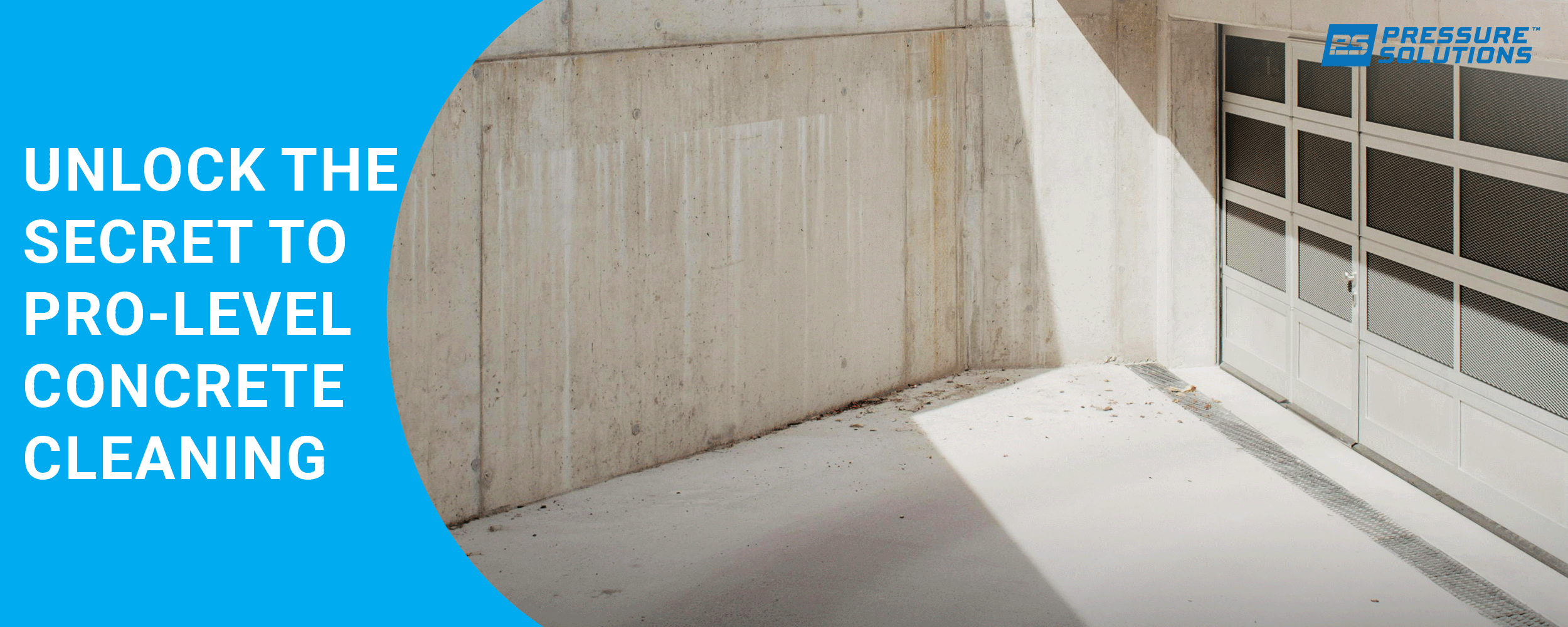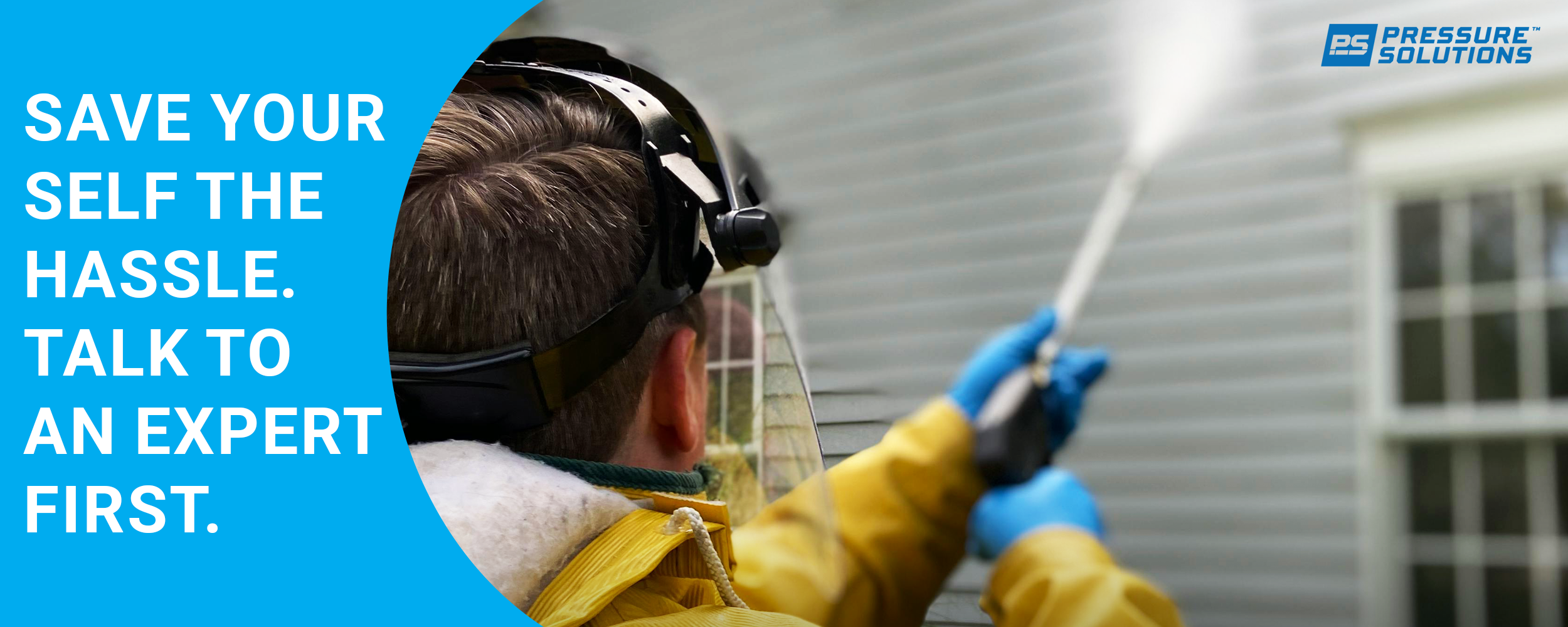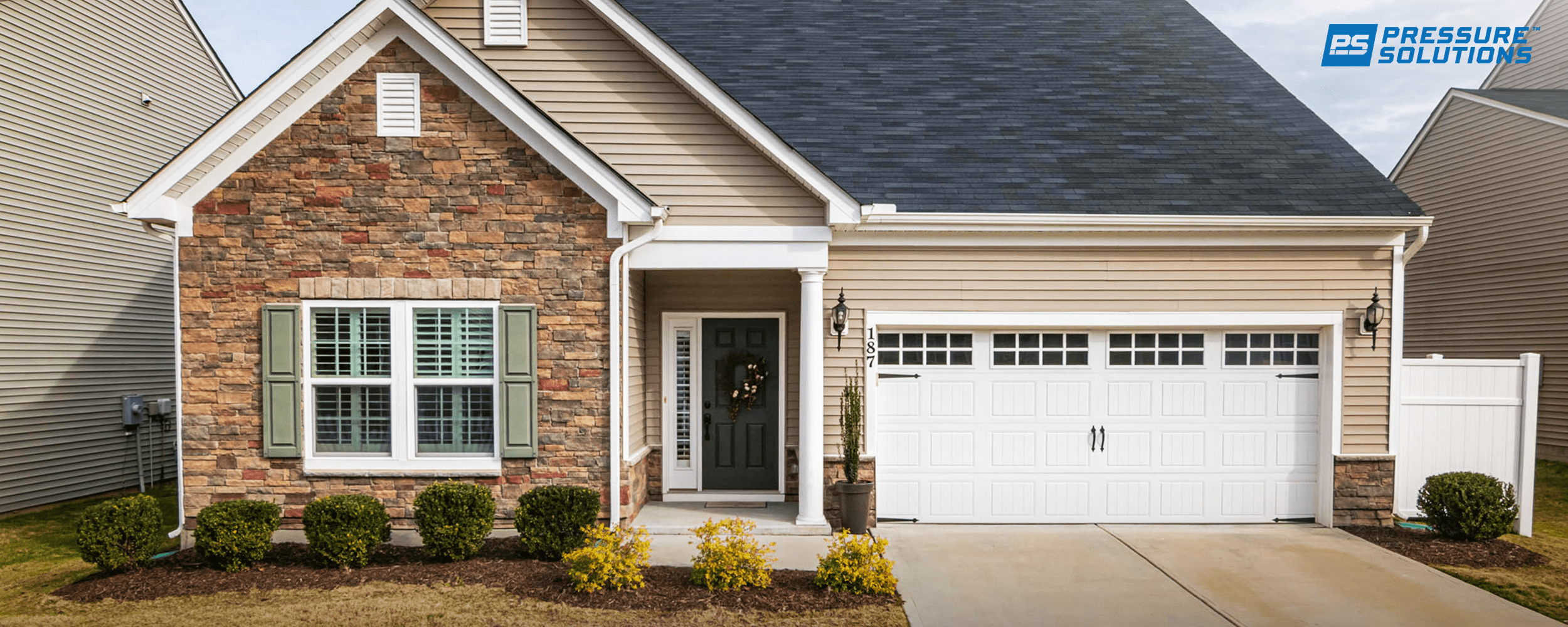House Wash in Auckland: Clean Your Home’s Exterior Surface Safely
A water blaster can feel like a magic wand on a dirty day: one pass and the grime lifts. Then doubt creeps in. You notice raised wood fibres on the deck, or a pale strip on painted cladding. Many Auckland homeowners have stood in their driveways and wondered whether they are about to fix a problem or create one. A safe house wash in Auckland requires the correct method, the proper settings, and a well-planned approach.
This guide shows you how to clean each part of your exterior without harm. You will learn when to soften your approach and when to use pressure with care. You will also see where a mild detergent beats force. With a few checks and the right technique, your home can look fresh without risking paint, timber, or concrete.
The One Mistake Everyone Makes with a Water Blaster
Most damage happens when too much pressure is held too close. A tight jet can cut timber, lift paint, mark driveway sealer, and drive water behind cladding. The surface may look clean at first, yet the harm appears later as swelling, peeling, or stain lines. The second standard error is the wrong nozzle. A pencil jet focuses force into a minor point, acting like a knife.
You can avoid both problems with one habit. Start gently and test in a low-visibility spot. Use a wide fan tip first. Increase distance before you increase pressure. Keep the lance moving and overlap your passes. You will still move dirt and preserve coatings. This approach helps you achieve a professional-quality house wash in Auckland without causing unnecessary surface damage or costly repainting.
The Soft Wash vs. Pressure Wash: Your First Big Decision
A soft wash uses low pressure and a mild, suitable detergent to break down mould, mildew, and grime. You then rinse at low to moderate pressure. This suits painted cladding, stucco, older weatherboards, and many exterior trims. It reduces risk to sealants and joints and helps you clean high areas without forcing water into gaps.
A pressure washer uses higher pressure and often a surface-cleaning head. You save this for hard, sound surfaces. Paths, driveways, and some brick or blockwork respond well when the technique is correct. The safe rule is simple: if you want to protect coatings or delicate joints, choose soft wash. If the surface is solid and durable, consider pressure, but test first. Both approaches can be part of a safe and thorough house wash in Auckland, depending on the condition of your exterior materials.
Your Home’s Siding: The Right Approach for a Safe House Wash
Cladding collects dust, pollen, salt, and biofilm. You can remove this without stripping paint if you work with a steady method. Start by wetting the wall from the bottom up to avoid streaks. Apply a suitable detergent at low pressure. Let it dwell for a few minutes out of direct sunlight. Agitate stubborn spots with a soft brush where safe.
When you rinse, use a wide fan and keep the lance angled down the wall. Avoid spraying upward at laps, vents, doors, or window frames. Keep a comfortable stand-off distance so the fan spreads force. Work in small sections so nothing dries before you finish the rinse. If you see paint lifting or fibres rising, increase your distance and reduce pressure immediately. These steady techniques deliver a thorough house wash in Auckland, with clean results that don’t compromise your home’s finish.
The Driveway and Pavement: The Secret to Professional Concrete Cleaning

Concrete looks tough, yet it marks easily with stripes if you wave a wand in arcs. The trick is to use the right tool and a simple sequence. Pre-treat oil spots with a suitable degreaser and allow dwell time. Rinse lightly. Then use a rotary surface cleaner connected to your high-pressure pump. It keeps the nozzle height even, preventing zebra striping and speeding up the job.
Move at a steady pace and overlap your passes. Do not race. If you see ghost lines, slow down and repeat a light pass. Edge the slab with a fan tip after the main clean, holding the lance level with the surface. Rinse the whole area to carry fines to a drain, not your garden. Allow it to dry before you judge the result. Many stains look darker when wet. Including your driveway in your house wash in Auckland plan keeps your outdoor areas as clean and welcoming as the walls themselves.
Decks and Fences: How to Clean Wood Without Damage
Timber needs a gentle hand. High pressure raises fibres, causes splinters, and removes protective coatings. Begin with a soft wash approach and a timber-safe cleaner. Apply at low pressure and allow time to work. Use a soft broom with the grain to lift surface dirt. Rinse with a wide fan at low pressure, keeping the lance well back from the boards.
If a deck needs more work, move with the grain and keep the lance in motion. Never chase a dark spot with a tight jet that cuts the wood and leaves a groove. After cleaning, let the deck dry fully before applying a fresh coat of oil or sealer. A gentle, careful process is essential to protect wood and maintain a durable finish, especially when performing a full-house wash in Auckland that includes decks and fences.
The Right Tool for the Job: Your Guide to a High-Pressure Pump
The pump you choose affects both safety and speed. Match the output to the task and your experience. Flow (litres per minute) often matters more than headline pressure because flow carries dirt away.
Quick buyer’s notes:
- Light home use: lower pressure, moderate flow; suits cars, furniture, and gentle cladding rinses.
- General exterior work: mid-range units with better flow; handle paths, fences, and careful wall work.
Add practical accessories as your jobs expand. A surface cleaner keeps the concrete even. A low-pressure chemical injector helps with soft wash steps. Quality hoses and quick-connects reduce leaks and save time. Maintain your machine with clean water, correct oil, and filter checks so it is ready when you are. This equipment checklist supports any homeowner planning a safe and efficient house wash in Auckland.
Beyond the House: A Complete Exterior House Wash
A tidy exterior house wash often includes more than walls and paths. Roofs, gutters, screens, letterboxes, and fences carry stains that dull a fresh look. Each surface needs the right plan. Gutters often respond to a flush and a gentle wipe. Screens need a low-pressure rinse from the clean side out. Fences match the guidance for timber or concrete, based on the material.
Roofs deserve caution. Tiles and metal roofs can leak if you force water under laps. Moss treatment over time reduces the need for pressure on many roofs. If the pitch is steep or access is risky, call a professional. Height safety and correct detergents matter at the top of a house, and mistakes cost more there. For a roof-safe house wash in Auckland, many homeowners choose professional teams equipped with the right gear and experience.
Hiring A Professional vs DIY House Wash

Many homeowners handle walls and small decks with ease after a good plan. Yet some jobs carry risk. Roof work, heavy mould removal, and fragile coatings need skill and safety gear. A professional brings training, correct chemicals, ladders and harness systems, and the right nozzles for sensitive areas. They also carry insurance and understand local conditions.
Time is another factor. If weekends are full, a pro can deliver a clean finish in one visit. They also spot early signs of wear that you can fix before they become repairs. When in doubt, ask for advice first. A short chat can help you decide if DIY is safe or if a visit will save you money and effort.
Just remember the risks of DIY exterior house washing listed above.
The Safety Checklist: A Quick Guide Before You Start
Use this pre-start list to keep people and property safe:
- Wear eye and hearing protection, gloves, and sturdy footwear.
- Check hoses, fittings, and the lance for damage or leaks.
- Isolate outdoor power and cover outlets, door bottoms, and vents.
- Move vehicles, pot plants, and furniture; protect delicate plants with covers.
- Test the pressure and nozzle at an unseen spot; adjust the distance first.
- Work from the top down in small sections; never spray upward into laps.
- Keep children and pets away; manage run-off to drains, not gardens.
Following this checklist ensures a smooth, hazard-free house wash in Auckland, delivering professional results without risk to your home or health.
Troubleshooting Common Problems
You may find unexpected issues once you start. Cloudy glass can appear if overspray dries on windows. Rinse and use a glass-safe cleaner to restore clarity. Pale stripes on the cladding mean your pass was too close or too slow. Step back and use a wider fan to blend the area. Stubborn green film on shade walls needs detergent dwell time rather than more pressure.
A patchy driveway often points to uneven work. If you do not have a surface cleaner, work in tight, straight lines with heavy overlap and steady speed. Oil spots that survive a first pass usually respond to a second pre-treat after the main wash. Give the cleaner time to work, then rinse evenly. Patience often beats force, especially during a full-house wash in Auckland, when you want even, lasting results across every surface.
Equipment Care So Your Blaster Lasts
Rinse your high-pressure pump with clean water after detergent use. Check oil levels and change them as the maker advises. Inspect hoses for kinks and cuts. Store tips in a marked box so you reach for the right one first. Drain water from the pump if you will not use it for a while. These steps prevent premature wear and maintain consistent performance.
If flow drops or pressure surges, clean the inlet filter and check the nozzle for debris. Confirm your water source can supply the flow your pump needs. Starving a pump shortens its life. A short maintenance routine after each job protects your machine and saves money on repairs. Consistent upkeep ensures your equipment is always ready for the next house wash in Auckland session.
Bringing It All Together
A clean exterior boosts pride in your place and protects finishes from decay. You can achieve a professional look with calm steps, correct settings, and the right attachments. Use soft wash where coatings need care—reserve pressure for hard surfaces like concrete and pavers. Keep the lance moving, overlap your passes, and test before you commit.
For larger jobs, or if time is tight, a professional team can help with planning and safe execution. They bring surface cleaners, low-pressure chemical systems, and knowledge of local materials and weather. They also handle access, run-off, and stubborn stains that resist home gear. Partnering with experts ensures your house wash in Auckland is done right, with safe methods and lasting results.
A Clean Home, the Right Way
A safe, professional result comes from method, not muscle. When you plan your house wash in Auckland carefully, you protect paint, timber, and concrete while removing years of grime. Choose soft wash for delicate areas, use pressure wisely on hard surfaces, and match your tools to the task. If a job looks risky, ask for advice or book a visit.
Pressure Solutions can help with equipment, settings, and suitable detergents, or handle the whole exterior house wash for you. Whether you want guidance for a weekend clean or a full-service for roofs, gutters, decks, and drives, we will create a clear plan that fits your home. Your place will look fresh, your surfaces will stay sound, and you will feel confident every time you pick up the lance.












